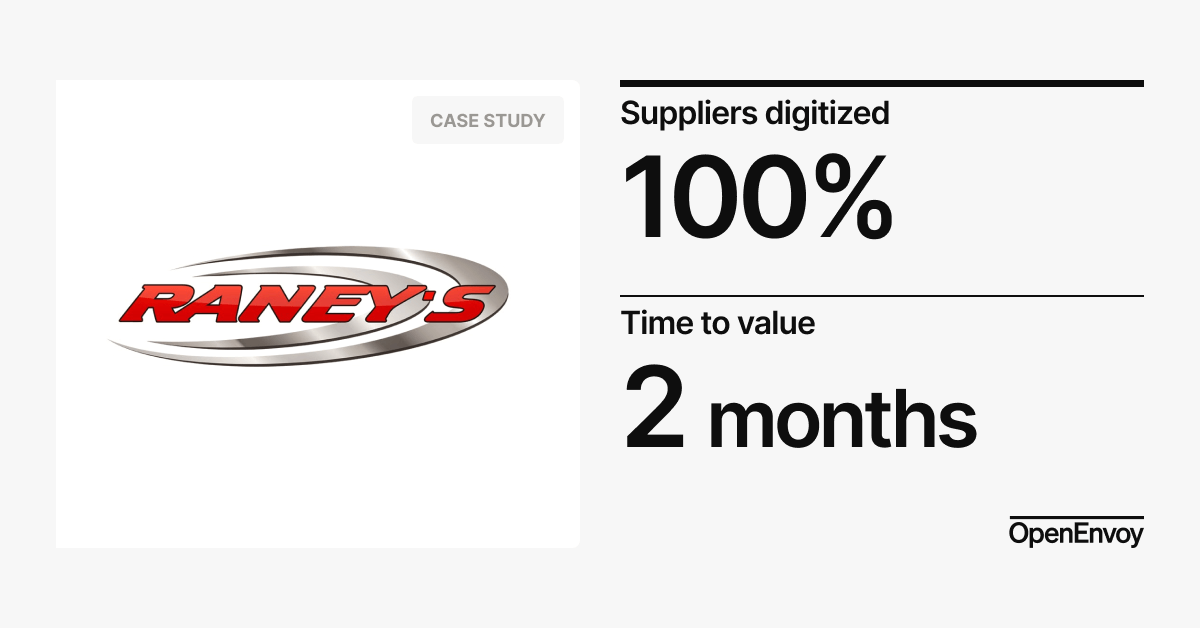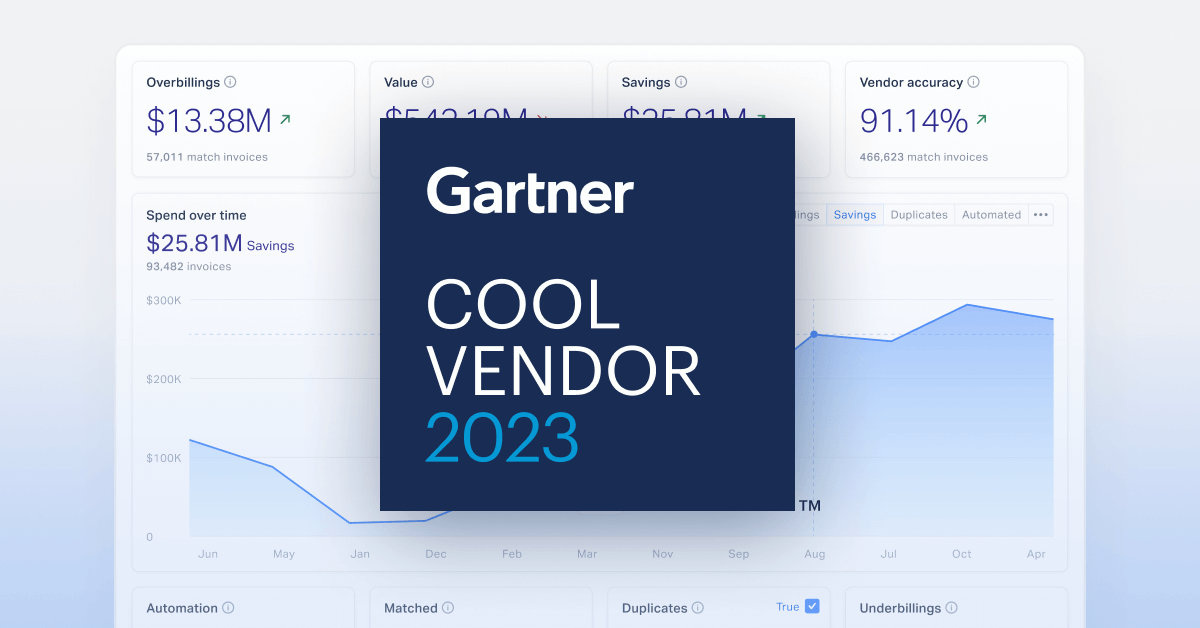< Back to E-Invoicing Overview
Italy has been a pioneer in e-invoicing, establishing one of the most comprehensive digital invoicing frameworks in Europe. The country has fully mandated e-invoicing for both public and private sector transactions, integrating its invoicing system with the national tax authority to ensure real-time reporting and compliance.
The introduction of the Sistema di Interscambio (SdI) has streamlined e-invoicing in Italy, enabling businesses to submit invoices electronically while ensuring validation and tax compliance. Italy’s mandatory e-invoicing model has set a precedent for other EU countries, demonstrating the benefits of automation, transparency, and fraud prevention in financial operations.
Regulatory authority
The Agenzia delle Entrate (Italian Revenue Agency) manages e-invoicing compliance and enforcement.
E-invoicing requirements
Since January 1, 2019, all businesses in Italy must issue electronic invoices for both public and private sector transactions.
Accepted invoice formats
Invoices must be issued in FatturaPA XML format.
Transmission channels
Invoices must be submitted through the Sistema di Interscambio (SdI) platform.
Digital signatures
Digital signatures are required for authenticity.
Archiving requirements
Invoices must be archived for ten years.
How B2B e-invoicing works in Italy
Businesses generate invoices in FatturaPA XML format and submit them via SdI for real-time validation.
How B2G e-invoicing works in Italy
Invoices must be issued through SdI, validated by public entities, and archived for ten years.


